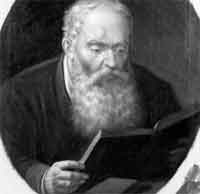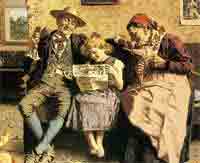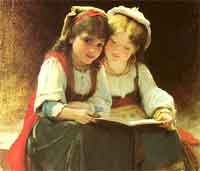
Why is Rusting a chemical reaction?
The transformation of chemical substances from one form to another is known as the chemical reaction process. Breaking the process into two categories, chemical reaction may occur with the need of energy or may happen spontaneously. Chemical reactions almost always produce a new product or two, different from the substances that react together, called reactants or reagents. Described and interpreted by means of chemical equations, various chemical reactions are done to produce desired effects or products. Unlike in physical reaction, where reagents can obtain back its true form, one distinct characteristic of a chemical reaction is that the reagents cannot be formed back into its original form or substance even when the process is reversed.
One perfect example of a chemical reaction process is the mechanism of rust. Rusting occurs primarily in metals which are exposed to atmospheric air. Although not all metals rust, there are certain conditions that contribute to rusting especially with that of the metal, iron. Iron rusts in the presence of water and oxygen. Rust is a product between a chemical reaction of an electron conductor, the metal iron, and an ionic conductor, water or oxygen for instance, then a transfer of electrons and electrolytes happen and thus, changing the chemical composition of a product being produced from the reaction that took place. In addition to this process, the rate at which the rust is formed is highly influenced by the presence of water and electrolytes. This reduces the amount of oxygen forming hydrogen ions that are acidic in nature. This acidic environment further improves the rate of corrosion causing the metal to rust.
Since rusting is a chemical process that cannot be reversed to its original state, it is important preclude formation of rust through coatings, paintings and galvanization.










Leave a Reply